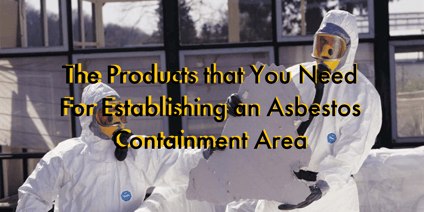Post 3 of 3 in our Mold Remediation Series
As an industry, it has been commonly taught that applying chemical products to kill or inactivate microorganisms is an important step in the cleaning process.
While this is very true in many circumstances, mold is also different than other microbes that are encountered, such as in sewage or crime and trauma scene cleanup.
Bacteria and viruses that are routinely present in Category 3 water damage and crime and trauma are easily killed when chemical products are applied correctly. This is a beneficial step in remediating these types of projects because if there is sufficient kill of these organisms, then they cannot invade the human body and cause disease or illness.
What Makes Mold Unique
- The toxic and/or allergenic properties remain in nonviable or dead spores and hyphal fragments
- These create a potential exposure issue for sensitive individuals
A Prudent Restorer Will Do Their Best to Avoid Both Health and Legal Issues
Imagine that you have mice in your home. Killing the mice without removing them presents an equal or even greater health hazard.
Similar to the example, the plan should be to remove the mold and do so without spreading spores, mycotoxins, or fragments of mold to previously unaffected areas, (See Reference 2 and 3 at the bottom).
Apart from documented health issues, there are significant legal liability issues when dealing with mold.
The stakes for doing the job right are high because a lawyer does not have to prove to a panel of experts that mold is the cause of some problem. He only has to convince a judge or jury.
Enjoyed reading this post? Read the following articles:
References
For further reading on everything discussed in this series see the following
- About 1,000 species of mold have been identified in the USA. OSHA "A Brief Guide to Mold in the Workplace".
- IICRC ANSI S520 and R520, current version
- ACGIH: Bioaeresols: Assessment and Control
- S. Centers for Disease Control (CDC) Mold
- Certified Mold & Allergen Free Corp, 2008
- OSHA, 29CFR1910.134 and .156(b)
Rachel Adams-Beja has more than 30 years of experience in microbial remediation and industrial hygiene. She serves as a Corporate Account Manager for Aramsco and as the AMRT TAC Chair for the IICRC AMRT course as well as a consensus body member for IICRC Standards including S500, S520, S530. She can be contacted at radams@aramsco.com.






